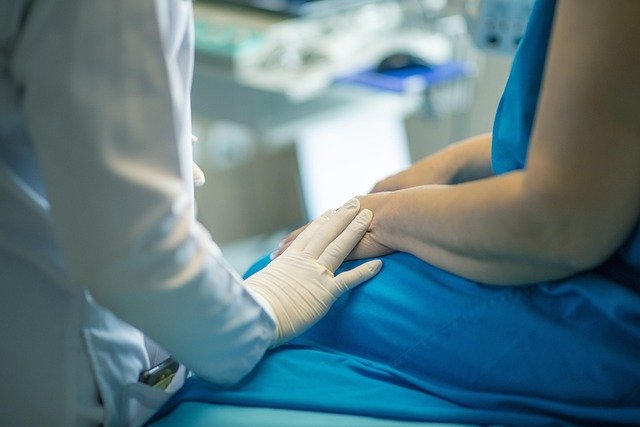Weight Loss Balloon: Stomach Balloon Medical Procedure Explained
A weight loss balloon (also called an intragastric balloon) is a temporary, non-surgical device placed in the stomach to reduce hunger sensations and promote smaller portion sizes while patients follow a structured diet and activity plan. It is used as one tool among many in obesity care, intended to support short- to medium-term weight reduction and help patients build habits that may be sustained after the device is removed. Understanding how it works, who it may suit, and what follow-up is needed helps set realistic expectations.

This article is for informational purposes only and should not be considered medical advice. Please consult a qualified healthcare professional for personalized guidance and treatment.
What is a weight loss balloon?
A weight loss balloon is a soft, inflatable device inserted into the stomach to occupy space and create a feeling of fullness. There are several types: some are inserted and filled with saline or gas during an endoscopic procedure, while others are swallowed as a capsule and later expanded. The balloon is intended to be temporary and is removed after a prescribed period. It is distinct from surgical bariatric procedures because it does not permanently alter the gastrointestinal anatomy.
How the stomach balloon medical procedure works
The medical procedure usually involves placement under sedation using an endoscope or swallowing a capsule version that expands in the stomach. Once in place, the balloon reduces available stomach volume and can slow gastric emptying, which may lead to reduced calorie intake. The process typically takes less than an hour for endoscopic placement. Removal is also performed endoscopically. Throughout the treatment window, patients work with healthcare teams on diet, exercise, and behavioral strategies to maximize outcomes.
Who is suitable for this medical procedure?
Suitability is determined case by case by a healthcare professional. Candidates often include people who have not achieved sufficient results with diet and lifestyle changes alone, and for whom less invasive options are preferred over surgery. Those with certain gastrointestinal conditions, prior bariatric surgery, or specific medical contraindications may not be eligible. A comprehensive evaluation—medical history, physical exam, and sometimes imaging or labs—helps clinicians decide if a stomach balloon is appropriate and safe.
What healthcare follow-up is needed?
Follow-up care is central to success. After balloon placement, patients typically see a multidisciplinary team including physicians, dietitians, and sometimes psychologists or exercise specialists. Regular visits monitor tolerance, weight changes, and nutritional status. Medication may be prescribed to manage side effects like nausea. The healthcare team also plans the timing and method of balloon removal and supports transition strategies to maintain weight loss after the device is taken out.
Risks and aftercare for the stomach
Common early effects include nausea, vomiting, abdominal discomfort, and reflux, which often lessen over days to weeks. More serious but less frequent complications may include ulceration, balloon deflation and migration, or intestinal obstruction requiring intervention. Aftercare focuses on gradual diet progression, hydration, nutrient monitoring, and reporting persistent symptoms to the healthcare team. Clear instructions on when to seek urgent care and routine check-ups reduce risks and improve overall safety.
Expected results and the role of lifestyle in weight loss
Weight loss achieved with a balloon varies widely and tends to be more modest than surgical options. The device is most effective when combined with intensive lifestyle modification and ongoing healthcare support; it is not a standalone cure. Many patients achieve meaningful short-term reductions that can lower obesity-related risks and improve motivation for continued change. Long-term maintenance depends heavily on sustained dietary changes, physical activity, and behavioral strategies adopted during and after balloon therapy.
Conclusion
A stomach balloon is a temporary, non-surgical medical procedure designed to assist weight loss by reducing stomach volume and appetite. It can be a useful option within a broader healthcare plan for people who need additional support to change eating behaviors, but it carries potential side effects and requires committed follow-up. Decisions about use should be made with a qualified healthcare professional who can assess individual risks, benefits, and alternatives.






